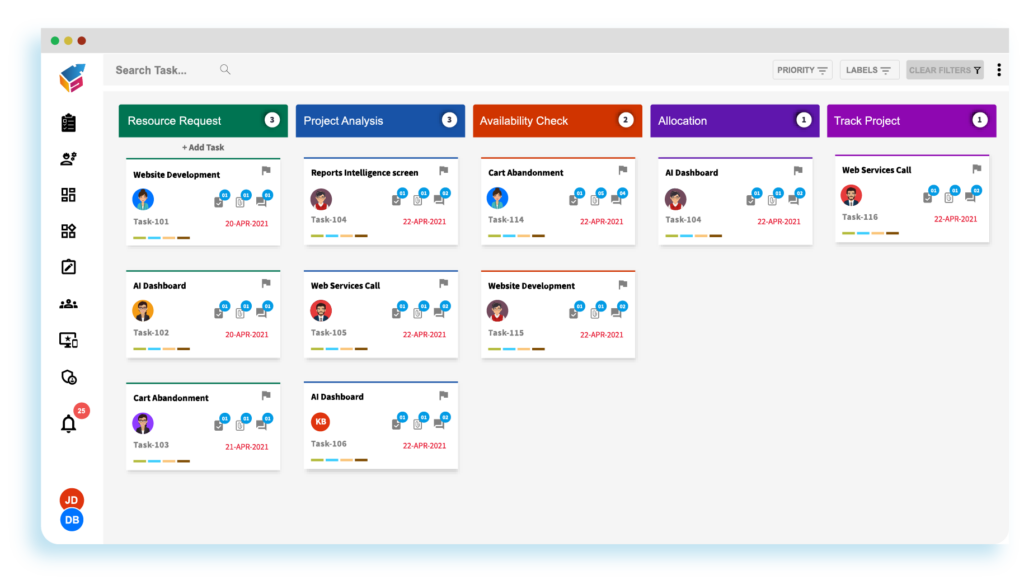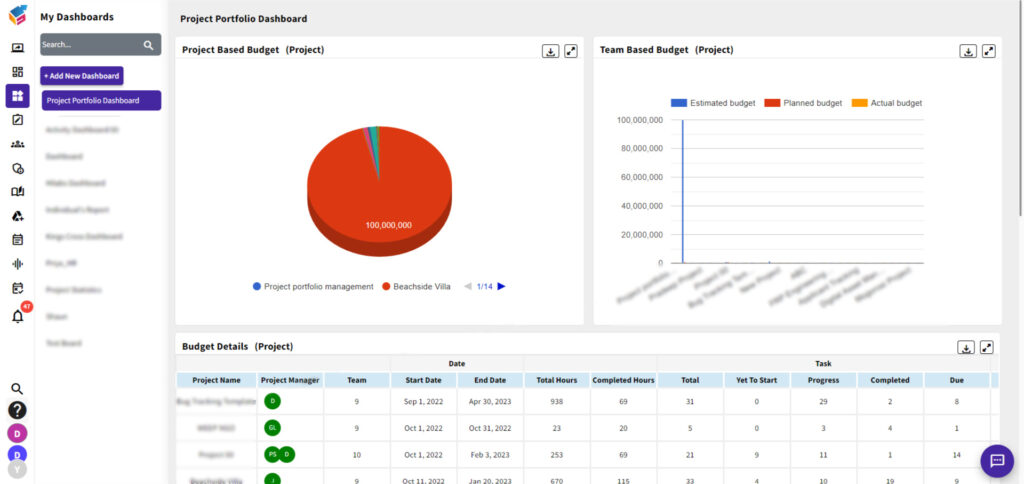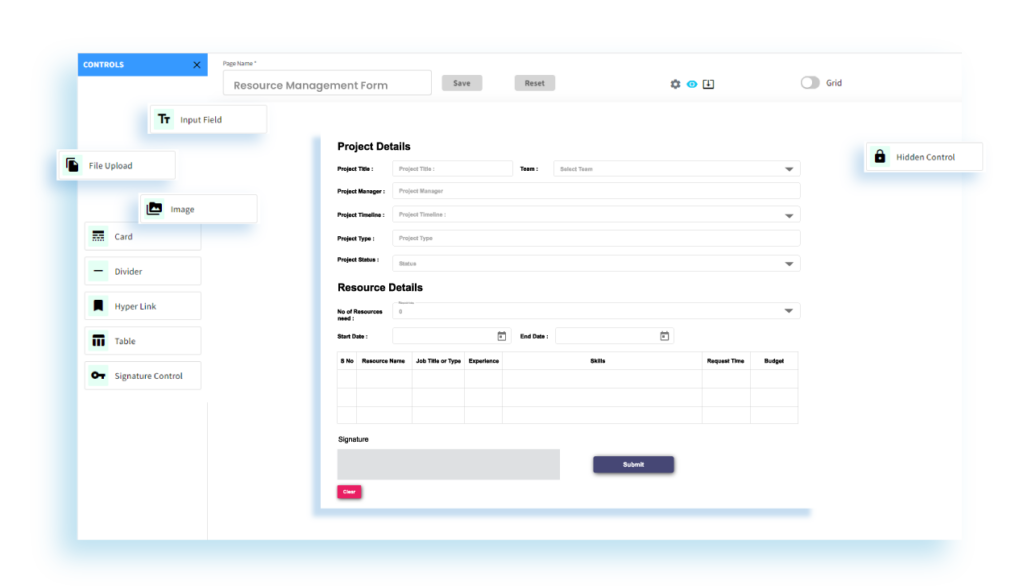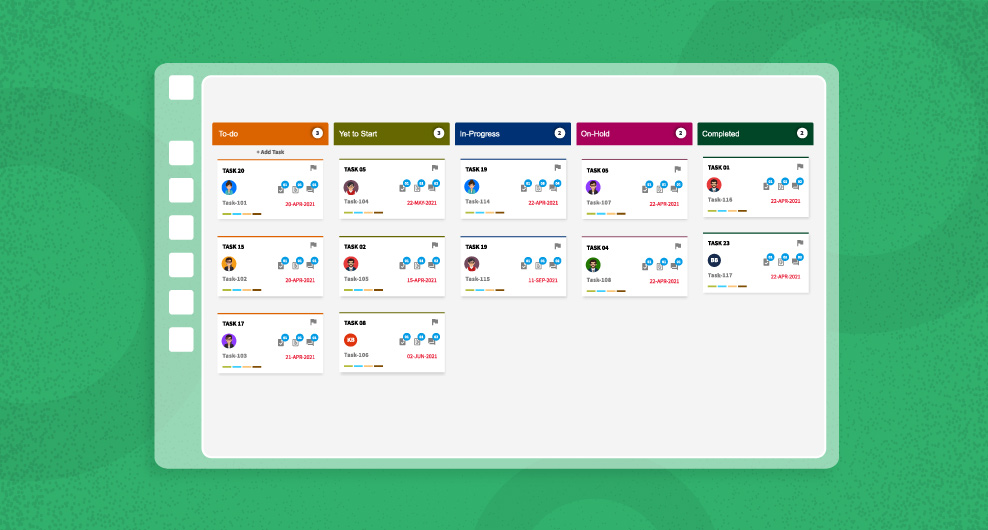Table of Contents
Are you struggling to keep your projects on track?
Do you find yourself frequently falling behind schedule or going over budget?
Effective project management requires a keen understanding of resources – the people, tools, and materials that are essential to completing a project successfully.
In this blog post, we will discuss the 7 key types of resources that every project manager should understand.
From human resources to equipment and technology, we’ll explore the importance of each resource and how to effectively manage them to achieve your project goals with project management template.
What Are Resources?
In the context of project management, a resource refers to any asset, tool, material, or person that is necessary for the successful completion of a project. Resources are the essential building blocks of a project, and effective management of these resources is critical to achieving project goals on time, within budget, and to the desired level of quality.
Resources can be broadly categorized into two main types: tangible and intangible.
Tangible resources include physical assets such as equipment, materials, and supplies. Intangible resources, on the other hand, include human resources such as skills, knowledge, expertise, and time.
Effective resource management involves identifying and allocating the right resources to the right tasks at the right time. It also requires tracking and monitoring the usage of resources throughout the project lifecycle to ensure that they are being used efficiently and effectively. By managing resources effectively, project managers can optimize productivity, reduce costs, and minimize risks, ultimately leading to successful project outcomes.
The 7 Types of Resources
In project management, there are seven key types of resources that project managers need to consider when planning and executing a project. These resources include:
- Human resources: These are the people involved in the project, including project team members, stakeholders, and contractors. Human resources are critical to the success of any project, and effective management of these resources involves selecting the right people with the necessary skills and expertise, managing their workload, and providing them with the necessary support and resources to perform their tasks.

- Financial resources: These are the monetary resources required to fund the project, including funding for labor, materials, equipment, and overhead costs. Effective management of financial resources involves creating a budget, tracking expenses, and ensuring that the project stays within budget constraints.
- Material resources: These are the physical resources required for the project, including materials, supplies, and equipment. Effective management of material resources involves identifying and procuring the necessary materials, tracking inventory levels, and ensuring that materials are used efficiently and effectively.
- Equipment resources: These are the tools and machinery required to complete the project, including computers, machinery, and software. Effective management of equipment resources involves selecting the right equipment for the project, ensuring that it is maintained and serviced appropriately, and optimizing its use to ensure that it is being used efficiently and effectively.
- Time resources: This is the amount of time required to complete the project, including deadlines, milestones, and project timelines. Effective management of time resources involves creating a realistic project timeline, identifying and addressing potential time constraints and delays, and monitoring progress to ensure that the project stays on track.
- Information resources: These are the data and information required to complete the project, including research, reports, and documentation. Effective management of information resources involves identifying the necessary information, ensuring that it is accurate and up-to-date, and sharing it with the appropriate stakeholders.
- Space resources: These are the physical spaces required to complete the project, including office space, storage space, and workspace. Effective management of space resources involves identifying the necessary spaces, ensuring that they are appropriately configured, and optimizing their use to ensure that they are being used efficiently and effectively.
By effectively managing these seven types of resources, project managers can optimize productivity, minimize risks, and ensure the successful completion of their projects.
Examples of Project Resources
Here are some examples of resources that are commonly used in project management:
- Human resources: Project team members, stakeholders, consultants, vendors, and contractors.
- Financial resources: Budgets, funding, grants, loans, and financial reports.
- Material resources: Raw materials, components, tools, and equipment.
- Equipment resources: Computers, printers, servers, project tracking software, and machinery.
- Time resources: Project timelines, schedules, deadlines, and milestones.
- Information resources: Project plans, research reports, project documentation, and project management software.
- Space resources: Office space, meeting rooms, storage space, and workspace.
- Communication resources: Project communication plan, project reports, status updates, and meetings.
- Intellectual resources: Patents, copyrights, trademarks, and trade secrets.
- Energy resources: Electricity, fuel, and other forms of energy required to complete the project.

These resources are not exhaustive, and the specific resources required for a project will vary depending on the project’s scope, size, and complexity. Effective resource management involves identifying the specific resources required for a project and managing them efficiently and effectively throughout the project lifecycle to achieve project goals.
Why Resource Management Software Is Important?
Resource management software offers numerous benefits for project managers, including:
- Centralized Resource Management: Resource management software provides a centralized location for managing all project resources, making it easier for project managers to allocate resources, track usage, and identify potential resource conflicts.

- Increased Efficiency: Resource management template automates many manual resource management tasks, such as scheduling, tracking, and reporting, reducing the time and effort required to manage resources manually.
- Improved Resource Allocation: Resource management tool enables project managers to allocate resources more effectively, by ensuring that resources are assigned to the right tasks and projects at the right time, optimizing productivity and minimizing waste.
- Real-Time Resource Tracking: Resource management software provides real-time tracking of resource usage, enabling project managers to monitor resource usage and availability, identify potential bottlenecks, and make timely adjustments to resource allocation.
- Resource Capacity Planning: Resource management solution provides resource capacity planning tools that help project managers to plan and allocate resources based on available capacity, ensuring that resources are not over- or under-utilized.
- Risk Mitigation: Resource management system enables project managers to identify potential resource constraints and conflicts early on, reducing the risk of project delays or failure.
- Improved Collaboration: Resource management software provides a platform for team members to collaborate on resource allocation and usage, improving communication and reducing the likelihood of miscommunication or errors.
Yoroproject’s resource management template is a powerful project planner tool that can help project managers to optimize resource allocation, increase efficiency, reduce risks, and ultimately deliver successful projects on time and within budget.




